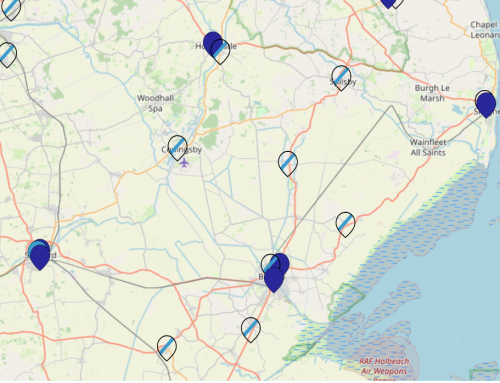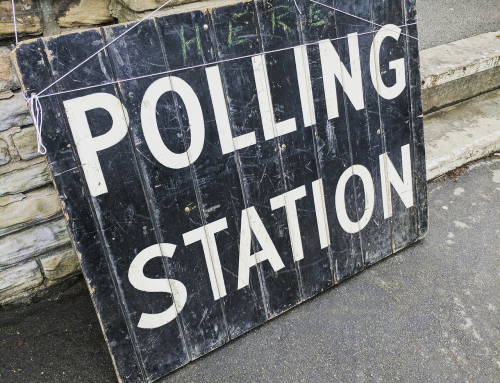 A major new study of school admissions from the University of Bristol points out that badly designed policies can create social inequality in their communities. The report describes the problems with school admissions as, “A raft of different, highly complicated processes which, in some cases, are not only hard for parents to understand but also serve to perpetuate social inequalities and division.”
A major new study of school admissions from the University of Bristol points out that badly designed policies can create social inequality in their communities. The report describes the problems with school admissions as, “A raft of different, highly complicated processes which, in some cases, are not only hard for parents to understand but also serve to perpetuate social inequalities and division.”
It is clear that England’s school admission arrangements are badly in need of reform, as CF has long argued.
Here are some of the findings from the report.
Just 170 schools prioritise poorer pupils
Schools can explicitly prioritise disadvantaged pupils for admission, but just 170 out of 3250 secondary schools actually use this criteria in their policies. Recent research by the BBC found that many grammar schools do use this rule, but because they also require an 11-plus pass it is making little difference to the numbers of poorer pupils accessing the schools. Just 42 non-selective schools give priority admission to disadvantaged pupils.
The report mentions that it is “fascinating and puzzling” that schools do not choose to do this. “Neither the additional funding allocated to schools for each eligible student nor any school’s social goal of improving diversity appears to be sufficient for schools to explicitly prioritise the admission of pupils eligible for the pupil premium.”
Most schools now set own admissions
In the past, councils used to set uniform admission arrangements for most schools, but the introduction of academies means that 90 per cent of schools now set their own policies. The report states that the decentralisation of the system “naturally produces a great richness and diversity of admissions arrangements” but the report noted the “sheer diversity and complexity of the system.” This leads to, “a complex puzzle for parents trying to navigate their way.”
Siblings and geography are the most common admission criteria
According to the report, the most common admissions criteria used are prioritising siblings of existing pupils, used by 96% of schools, and geography, used by 88%. The report suggests the use of catchment areas and distance from school means the “scope for indirect selection is large”. Higher demand for popular schools leads to higher house prices, which “therefore reduces the chances of lower-income families to access the school”. Prioritising local pupils “can reinforce inequalities”.
Aptitude tests’ have a ‘negative’ effect on equality
Comprehensive Future believes there should be no aptitude or ‘ability’ tests for school entry. This research supports our view, as schools with tests for specialisms, such as music or dance, are a flawed idea that lead to social selection. At present schools are allowed to admit up to 10 per cent of pupils according to aptitude, but parental effort and money often plays in success in music, dance, drama etc. The report says, “high relative attainment in any of the subjects (even sport) will involve expense of resources of time and money for travelling, equipment and training”. The effect of aptitude or specialism quotas on equality of access for lower social-economic groups is “expected to be negative”.
Few schools offer ‘innovative’ approaches to admissions
Only a small number of schools are using “innovative” admissions arrangements, the report found. These include lotteries to randomly allocate available places to some applicants without reference to distance, banding tests to assure a mixed-ability entry, and reserving places for some pupils outside catchment areas.
The report found Free Schools are more likely to use these innovative approaches. It suggested this could be due to the “blank slate” offered to new schools, their mission or ethos, or guidance from the DfE that promotes innovative approaches. The report says, “Early research suggested that the admissions arrangements of free schools were exclusive rather than inclusive (Morris (2014)). The opposite now seems to be true, as free schools are more likely to have admissions arrangements that are designed to include disadvantaged pupils than other school types.”
This is an important piece of work by Simon Burgess (University of Bristol and IZA), Estelle Cantillon (Université Libre de Bruxelles, FNRS, and CEPR), Mariagrazia Cavallo (University of Bristol), Ellen Greaves (European University Institute and University of Bristol), and Min Zhang (University of Westminster). A summary of the paper can be read HERE, and the paper can be read in full HERE.





